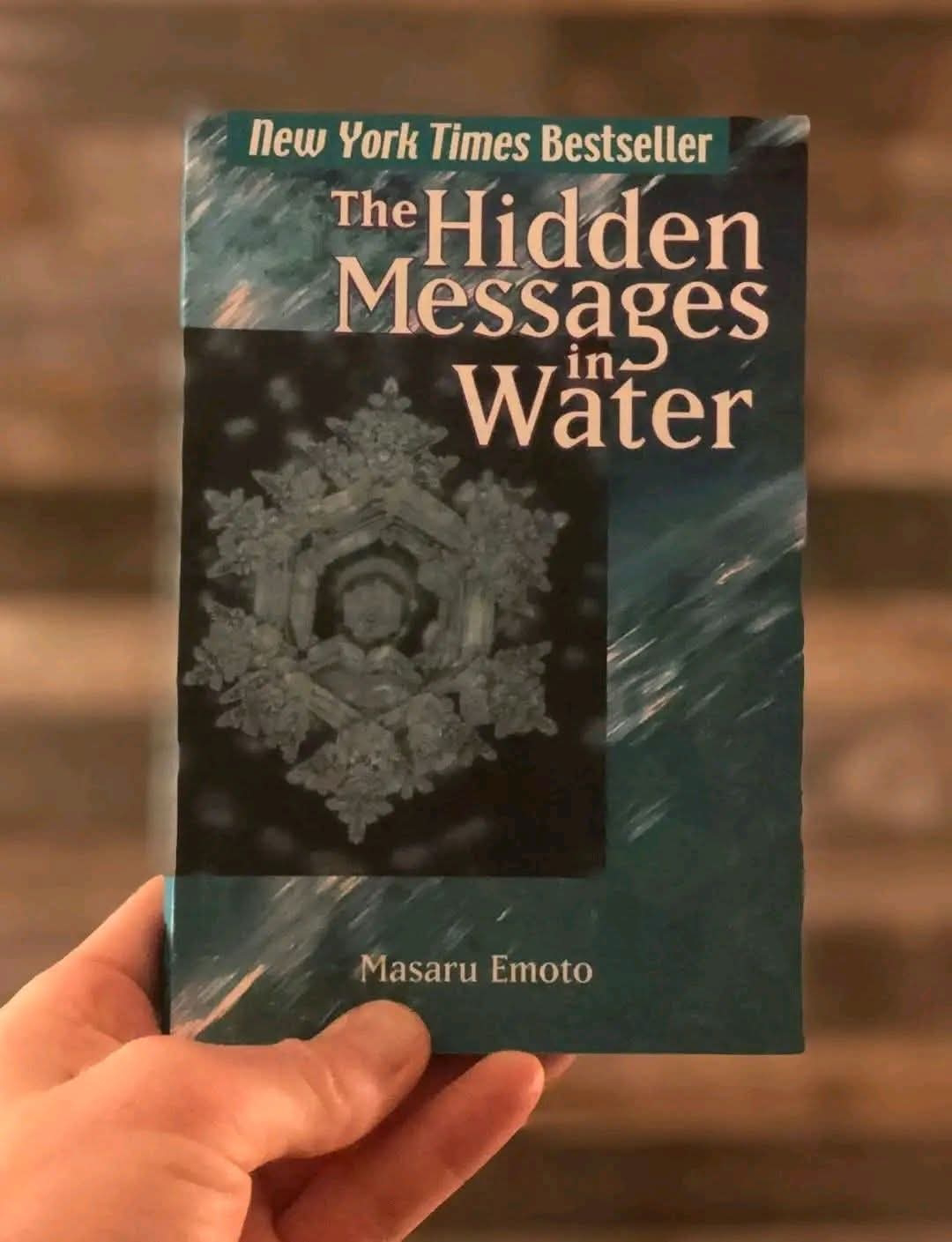I wanted this book to be true so badly it hurt.
Emoto's central claim is stunning in its simplicity: water exposed to positive words and emotions forms beautiful crystals when frozen, while water subjected to negativity creates distorted, ugly formations. He presents photographs of these crystals alongside stories of transformation: polluted lakes healing after prayer, rice lasting longer when spoken to kindly, children's behavior improving when they understand water's responsiveness:
1. The Hunger for Magic in a Scientific World
Listening to Emoto describe his experiments, I felt something I hadn't experienced since childhood: the electric possibility that reality might be more responsive to love than I'd been taught. His photographs of crystals formed after exposure to classical music versus heavy metal, to "thank you" versus "you fool," fed a deep longing for a universe that cared about our intentions. Even knowing the scientific community has largely dismissed his work, I found myself wanting to believe that my thoughts could change the molecular structure of my morning coffee.
2. The Comfort of Simple Solutions
There's something seductive about Emoto's message: if we could just think more positively, speak more kindly, love more openly, we could literally transform the world around us. As someone drowning in relationship complexity, the idea that healing might be as simple as gratitude felt like a life preserver.
3. The Weight of Responsibility
But this simplicity came with a shadow. If our thoughts and words truly reshape reality at the molecular level, then every negative emotion, every harsh word, every moment of despair becomes an act of destruction. I found myself monitoring my internal dialogue with exhausting vigilance, wondering if my depression was literally poisoning the water in my cells. The book's empowering message carried an undertone of blame that felt crushing.
4. The Beauty of Paying Attention
Regardless of the science, Emoto's work made me notice water differently. I started thanking my morning shower, appreciating the glass of water by my bed, considering the emotional environment around the plants I was watering. This shift in attention - this mindfulness - felt genuinely healing, even if the mechanism wasn't what Emoto claimed. Sometimes the value lies not in whether something is literally true, but in how it changes our relationship to the world.
You know, years later, my marriage ended anyway. No amount of positive thinking could restructure the fundamental incompatibilities between my ex-husband and me. But "The Hidden Messages in Water" taught me something valuable about the difference between changing reality and changing my relationship to reality.
Emoto's science may be questionable, but his invitation to treat the world as if it's listening isn't. Whether or not water crystals respond to our emotions, I've found that I respond differently to water and to life when I approach it with gratitude rather than indifference, with care rather than carelessness.
And maybe that was the real message hidden in the water all along: not that our thoughts can restructure molecules, but that they can restructure us. And sometimes, that's transformation enough.
BOOK: https://amzn.to/44JXDcq
You can also get to listen to the AUDIOBOOK using the same link above when you register for Audible Membership Trial







0 Comments